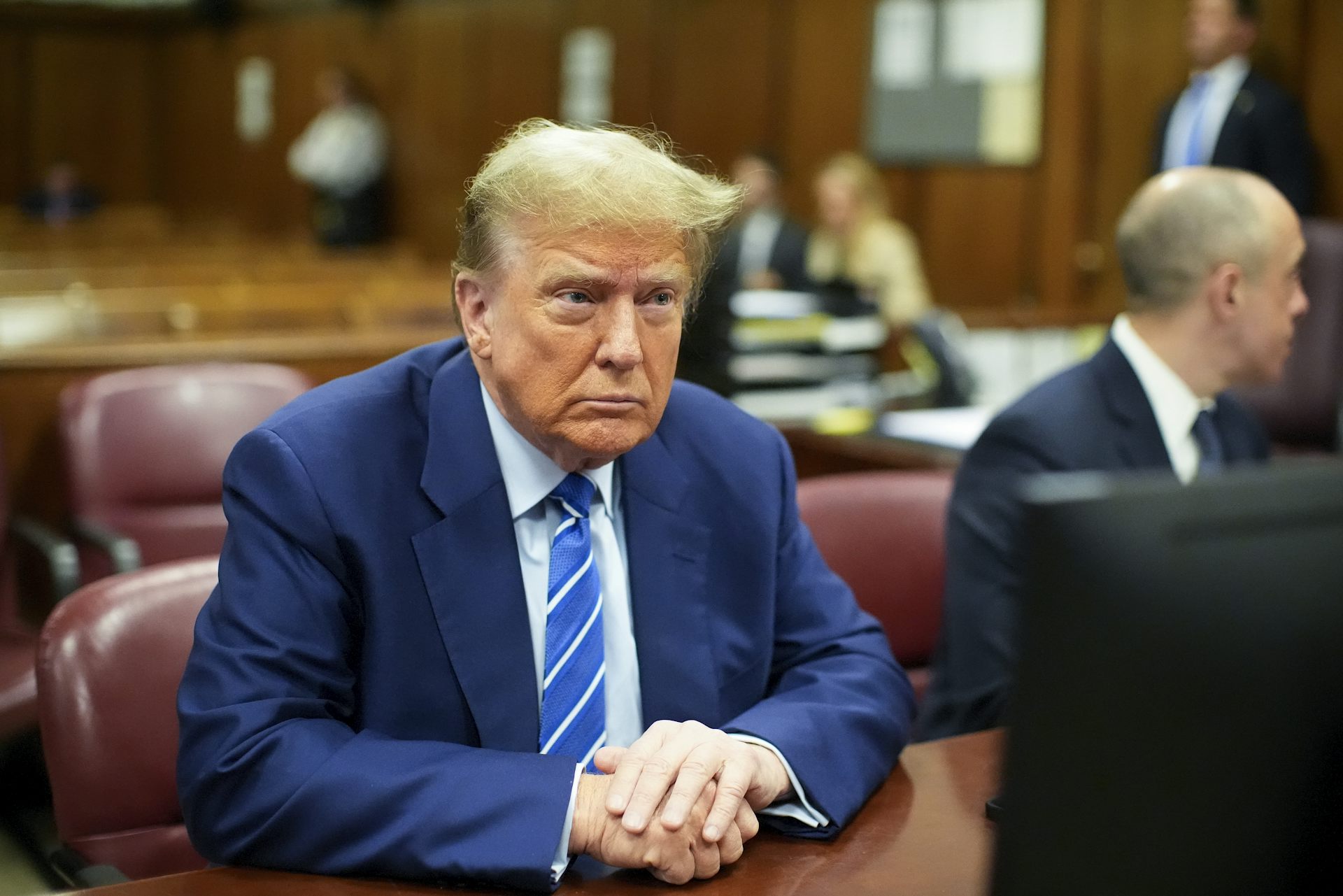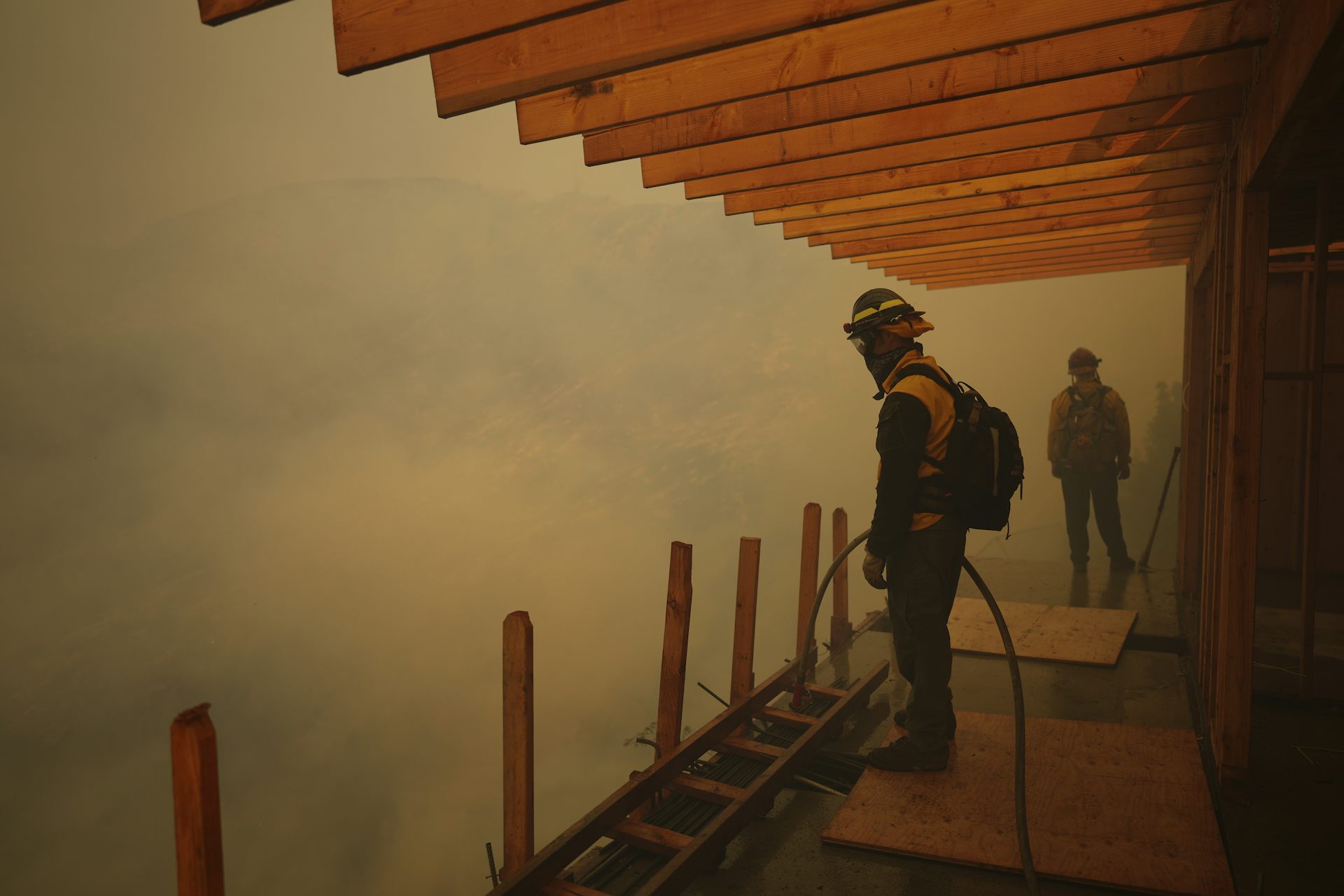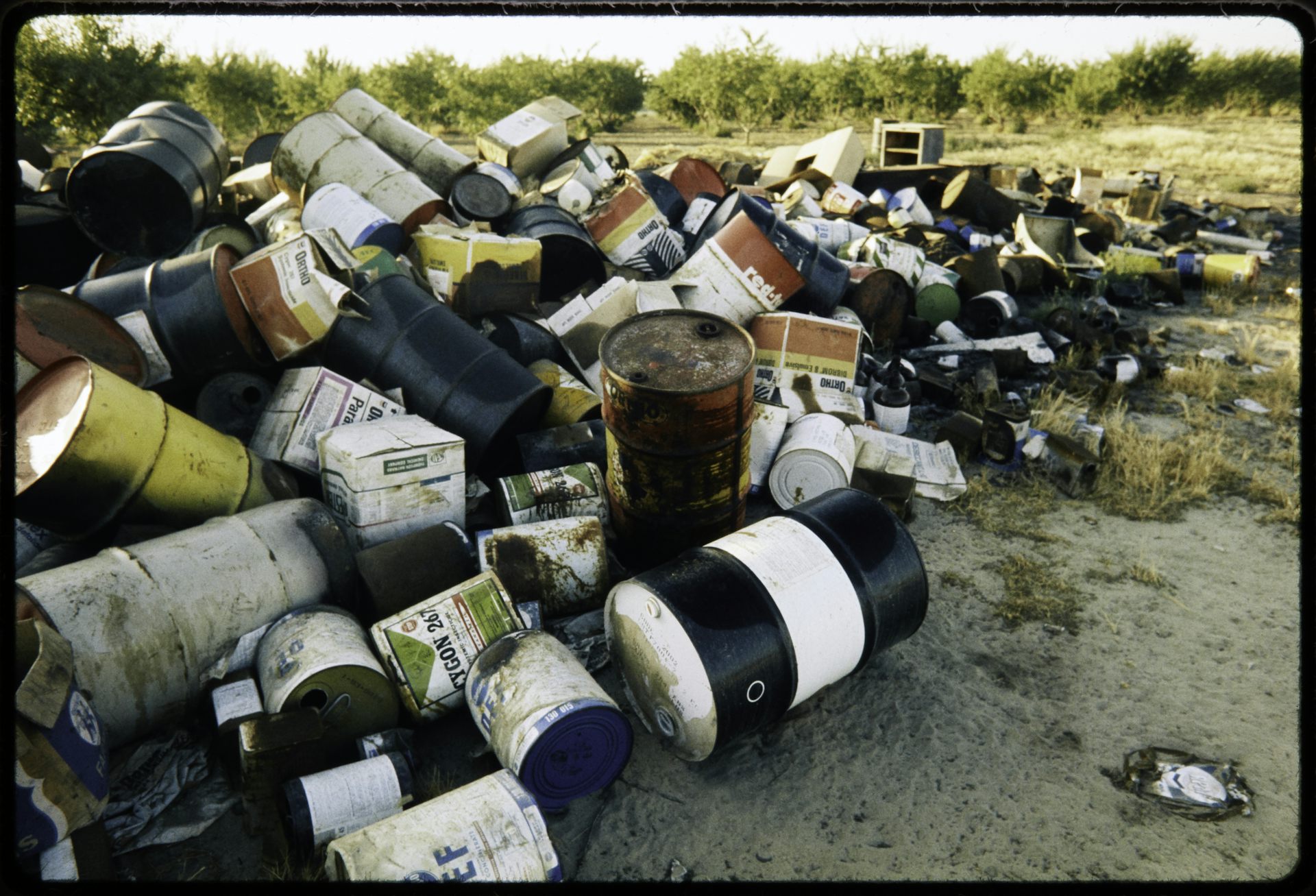The shutdown: Drowning government in the bathtub
The government shutdown provided a short-term version of what some activists have long wanted: A government small enough so that you could 'drag it into the bathroom and drown it in the bathtub.'
In a Wall Street Journal interview three days after reopening the government, President Trump handicapped the odds of a border wall settlement.
“I personally think it’s less than 50-50,” he said, calling another shutdown “certainly an option.”
Shuttering the government for the third time since Trump took office remains a possibility, especially after the weekend breakdown of bipartisan talks in Congress over securing the border. Meanwhile, bipartisan support, including among prominent Republicans like Sens. Chuck Grassley, Lisa Murkowski, Lamar Alexander and Rob Portman, is rising for bills that would prohibit shutdowns.
The president’s observable objective in this political conflict is getting money from Congress to build the border wall.
As legal scholars who have spent much of our careers analyzing the interaction between government and society, including the economy, we believe that intentionally or not, the shutdown also was consistent with a goal long sought by a subset of the Republican Party – not to be confused with traditional, moderate Republicans – that wants to dismantle the government.
Starve the beast
These advocates of limiting government’s size have a traffic cop theory of the state, featuring a minimalist state focused on safety and security.
Many believe that government is at best superfluous and at worst a drag on a free market. It has long been their aim to cut taxes to “starve the beast.”
Grover Norquist, who founded Americans for Tax Reform in 1985 at the urging of President Reagan, declared in 2001: “I don’t want to abolish government. I simply want to reduce it to the size where I can drag it into the bathroom and drown it in the bathtub.”
Trump advocated shrinking the government as early as 2000.
In his book, “The America We Deserve,” then-businessman Trump observed: “Common sense tell(s) us that the two basic principles of governing should work anywhere they are applied. First: Get government out of skating rinks and any other activities it can’t do well. (A list … of things government doesn’t do well is a very long list.) Second: Get government back in the business of providing for public convenience (transportation, public works) and safety (police and firefighters), and make sure that it does so efficiently.”
So Trump also has a traffic cop theory of the state: The government should protect personal safety and property rights, facilitate transportation and perhaps construct and maintain infrastructure.
Many of Trump’s actions can be seen through this lens: In his first week in office, Trump imposed a hiring freeze on much of the executive branch, exempting the military, national security and public safety. Although the hiring freeze was lifted several months later, the number of federal employees decreased by 17,000 in the first 18 months that Trump was in office.
Ten days after he assumed office, Trump signed Executive Order 13771 on “Reducing Regulation and Controlling Regulatory Costs,” which required eliminating two significant regulations for every new one.
One year into office, President Trump proudly highlighted how many regulations his administration had eradicated. The New York Times reported that Trump staff had claimed “that the rules already rolled back had saved $8.1 billion in regulatory costs over their lifetime.”
And Trump was just getting started.
He issued another executive order, later declared illegal, making it easier to fire government employees. This New Year’s Day, he froze government workers’ pay.
Downgrading government
For some, including Trump advisers like acting White House chief of staff Mick Mulvaney and acting White House budget director Russell Vought, the shutdown was a useful exercise in limited government.

Moreover, according to The Washington Post, former chief White House strategist Stephen Bannon has called shutdowns “blunt-force measures that certainly show what’s essential and what’s not.”
Among the agencies affected by the shutdown, the Environmental Protection Agency only had 800 of 14,000 employees working. This stymied new regulations and regulatory inspections.
The Commerce Department couldn’t release data from the Bureau of Economic Analysis and the Census Bureau, including home sales, wholesale and retail inventory, consumer spending, personal income, inflation, and durable goods orders. Not only is this data used for calculating important economic indicators like the gross domestic product, but businesses and even the Federal Reserve use it in their decision-making.
Most of the FBI was working, but without pay, and the agency lacked the money to support costly cyber investigations or even to pay informants, thereby impairing their work.
Most immigration judges were furloughed, causing thousands of immigration cases to be postponed. Many of the government’s watchdog activities were curtailed, such as fraud investigations, tax audits and identity theft investigations.
Many government websites were down or not updated.
Acquisitions, mergers, IPOs, bankruptcy proceedings and small business loans slowed or stopped.
Careful what you wish for
But as the shutdown continued, it became evident that those furloughed unpaid government employees add value to the economy and contribute to the nation’s security and well-being.
The Chairman of the Council of Economic Advisers said that the economy may not grow at all in the first quarter owing to the shutdown.
The FBI Agents Association and former heads of Homeland Security, including John Kelly, wrote to the White House and members of Congress expressing concerns about national security.
TSA and air traffic controllers worked without pay, and the TSA absentee rate the weekend before the shutdown ended was a record 10 percent. A shortage of air traffic controllers caused massive airport delays, which many think prompted the reopening of government.
The shutdown illustrated what some advocates have long wanted: a shrunken government. And it was an experiment that, as the above examples and many others illustrate, was not viable. Public pressure forced the reopening of the government – at the same size it was before the shutdown.
John Attanasio, a legal scholar and author of “Politics and Capital: Auctioning the American Dream,” is a contributing author.
William E. Nelson does not work for, consult, own shares in or receive funding from any company or organization that would benefit from this article, and has disclosed no relevant affiliations beyond their academic appointment.
Read These Next
Voters shrug off scandals, paying a price in lost trust
Scandals don’t have the resonance they used to. Both parties could do more to police offenders within…
LA fire studies show the risks as wildfire smoke lingered inside homes
When cities burn, plastics, electronics, cleaning chemicals and much more create a toxic brew. Studies…
The US used to be really dirty – environmental cleanup laws have made a huge difference
Critics of environmental protection laws may have forgotten how much progress has been made.






